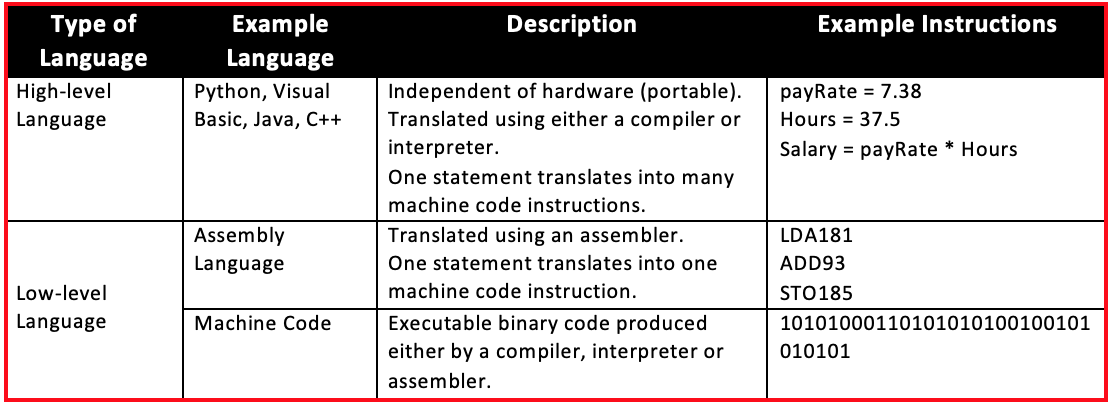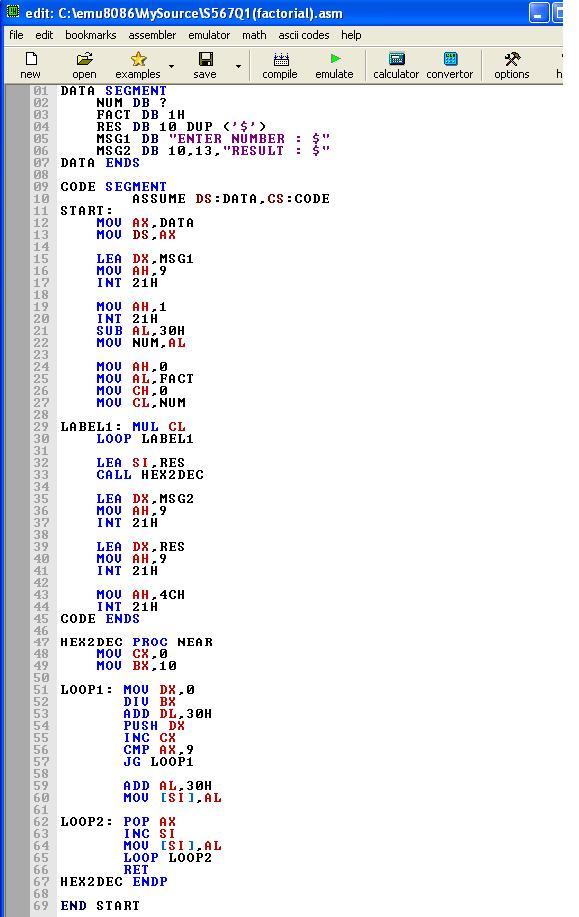

If you want to learn deeply how operating systems work, knowing assembly language will be helpful. If you want to get better at machine learning, you can optimise your code by using assembly language to manage the memory efficiently. If you want to work in GPU programming using high-level languages like CUDA or OpenCL, you’ll need to understand low-level programming. Some parts of our operating systems, and even viruses, have been written in assembly. Each CPU can execute a specific set of instructions that corresponds with the brand or architecture of that CPU.īut, why would you want to learn low-level languages and low-level programming in any case? There are many reasons, including: One may think that these languages are no longer important as they are invisible to most computer users, but the reality is that we still use these languages in our modern computers. Assembly uses mnemonic codes to refer to machine code instructions, rather than using the instructions' numeric values directly. Assembly language is much more readable than binary language.

Machine code, also known as binary language, is a series of ones and zeros that represent a command for the processor of a computer (CPU). Initially, in the early days of computers, assembly code and binary code were the main languages for communicating with computers to ask them to execute commands by translating data into ones and zeros binary. In this section, you will understand how programming languages have evolved and what you can do with them.

That’s why we need some intermediate way of communicating, which we call programming languages.Īs seen in section I, programmers have been creating programming languages and software solutions since the early days of computing systems. Computers can’t understand English, Arabic or Chinese, and even though humans can technically learn binary (the base language of computers), almost no one does. One common way of defining a programming language is: "an artificial language built to allow someone to give instructions to a computer".


 0 kommentar(er)
0 kommentar(er)
